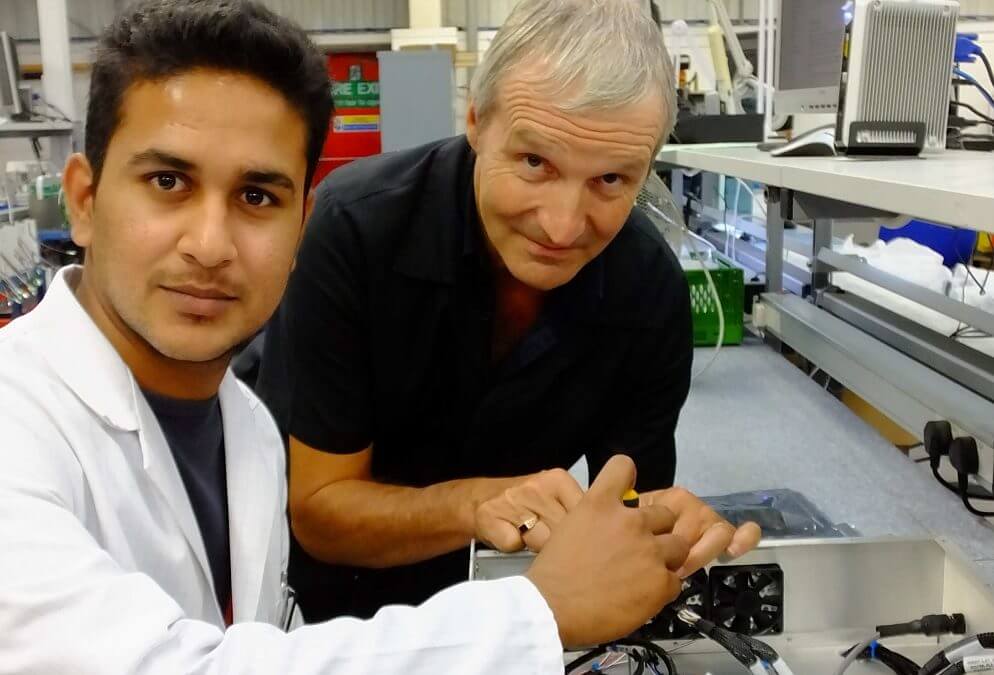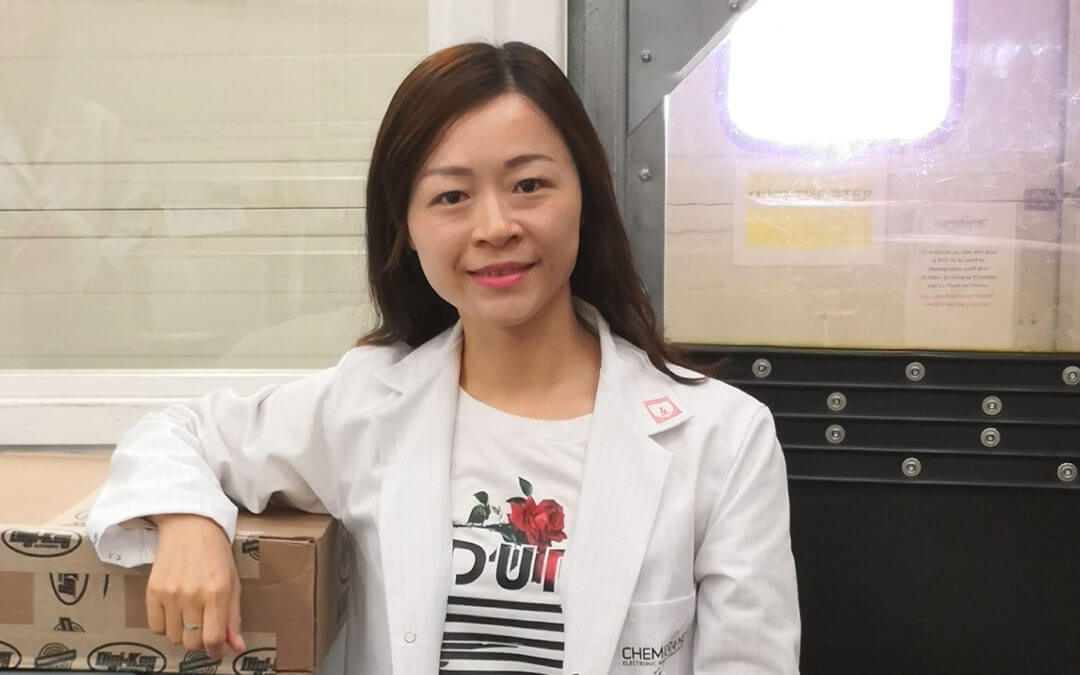Every business is driven by its collective team. We know that we couldn’t keep our promises to our customers without empowering our people with the skills, knowledge and technical experience they need to deliver the high standards we consistently adhere to.
The Chemigraphic difference
After training with Chemigraphic, our apprentices have a significant advantage over their peers due to our deep knowledge of manufacturing and our position as a key global player in the EMS market, working with top flight product manufacturers. We pride ourselves on providing seamless delivery and flawless performance for our customers. Our technical skill coupled with our focus on strictly controlled and automated processes means we consistently deliver high-quality support for our customers’ products at all stages of the lifecycle.
Gaining valuable experience through the Chemigraphic apprenticeship scheme
Our apprenticeship scheme is another example of our dedication to excellence and control process, ensuring that thorough and diverse training is given to our apprentices, enabling them to find their own path and excel throughout their careers.
During our 2-year programme, our apprentices spend time in all of the functional departments within our business, gaining first hand and invaluable experience. All apprentices work directly with our in-house training department, alongside carefully selected mentors to maximise their learning and development time.
At the end of the programme, apprentices will have a comprehensive understanding of:
- Materials handling
- Location-based stores systems
- Lean manufacturing principles
- Professional and industry used IT systems (CAD / Database / Office)
- SMT processes
- Component identification
- Screen printing
- Placement machine operation
- Quality control procedures
- Through-hole assembly
- Component forming
- Placement & Clinching
- Operating wave-flow
- Selective Soldering
- Conformal coating machinery
- Manual soldering skills
- Procurement
- Sales, Customer Services & HR principles
Finding the best role for every apprentice
We are a dedicated supporter of STEM Learning; inspiring young people to get involved in engineering and manufacturing and to forge successful careers in the field and in EMS in particular.
Throughout the programme, each apprentice’s performance will be closely assessed, enabling focused support where needed. At the end of the scheme, our management team will mentor all of our apprentices and assist them in making an informed decision as to what sector is right for them as an individual.

